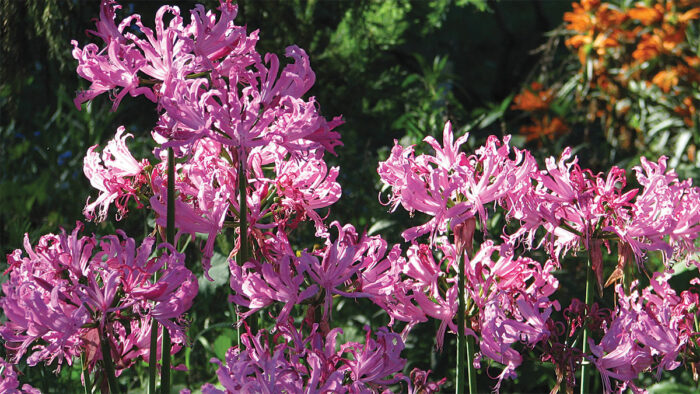
In Andy Brand’s article Unusual Fall Perennials, he discusses some out-of-the-box plant picks for this spectacular time in the garden:
“As we reluctantly accept the inevitable and begin preparing our gardens for winter, we can ease the transition by planting selections that provide color and excitement at this time of year. While many gardeners have traditionally turned to mums (Chrysanthemum spp. and cvs., Zones 5–9), goldenrods (Solidago spp. and cvs., Zones 3–9), and sedums (Hylotelephium spp. and cvs., Zones 3–9) to extend the gardening season, many also long for something different.”
Below, you’ll find fantastic perennials that are excellent, but have remained uncommon in fall gardens in the Northwest. Looking for even more unexpected fall standouts? Make sure to check out Andy’s article.
1. ‘Alboplenum’ Fall Crocus
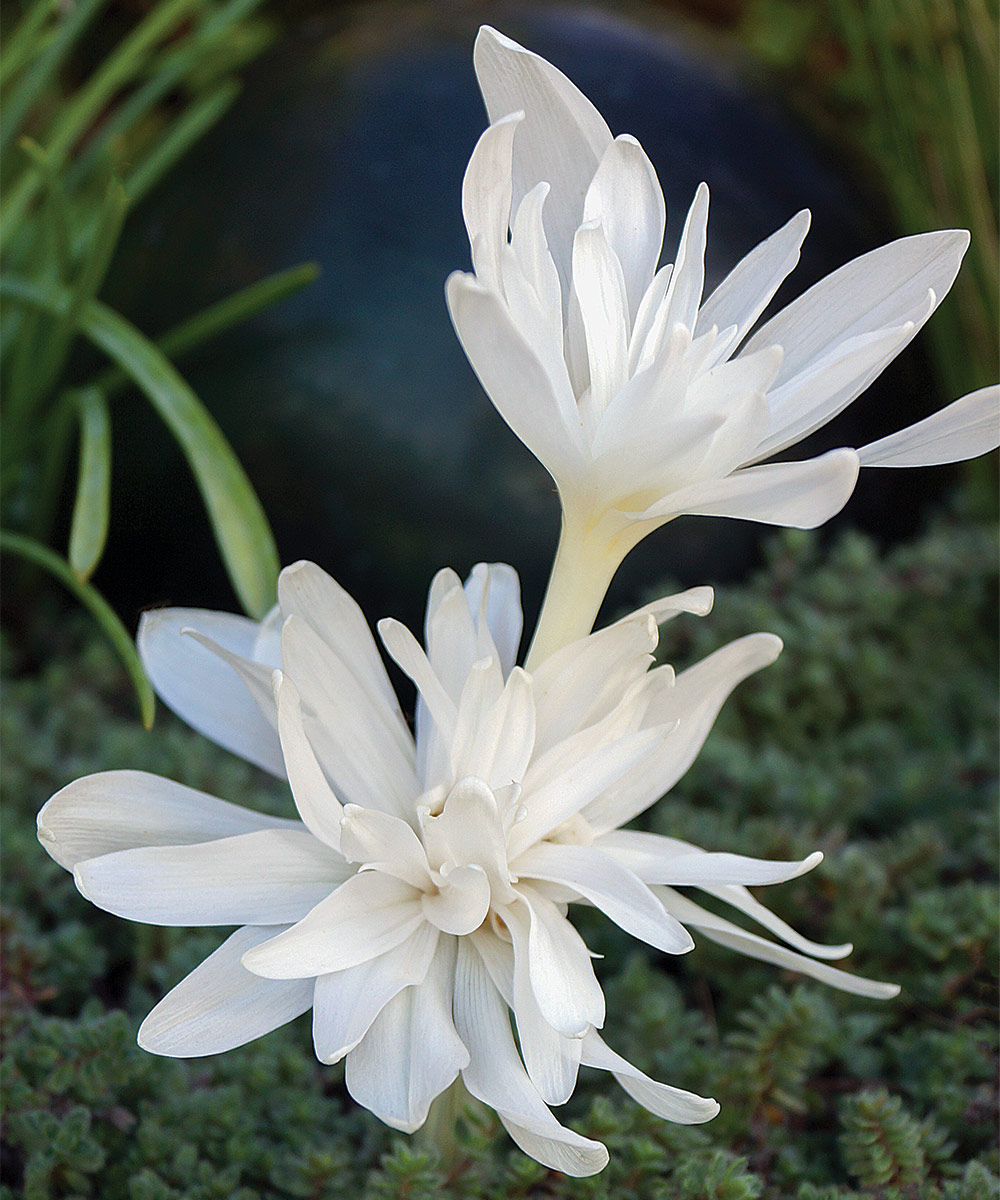
Name: Colchicum autumnale ‘Alboplenum’
Zones: 4–8
Size: 6 to 12 inches tall and wide
Conditions: Full sun; well-drained soil
Native range: Europe
I love a surprise, and ‘Alboplenum’ fall crocus provides one. Its stubby sprouts emerge quickly in early autumn, bursting open to reveal brilliant double flowers with thin white petals and a slightly shredded, exotic appearance. The large flowers are unimpeded by foliage, making them conspicuous in the autumn garden. Keep an eye out in late winter to early spring for its strappy, peagreen leaves, which provide interesting textural contrast for spring bloomers. This drought-tolerant bulb grows best in an open location.
2. Licorice Fern
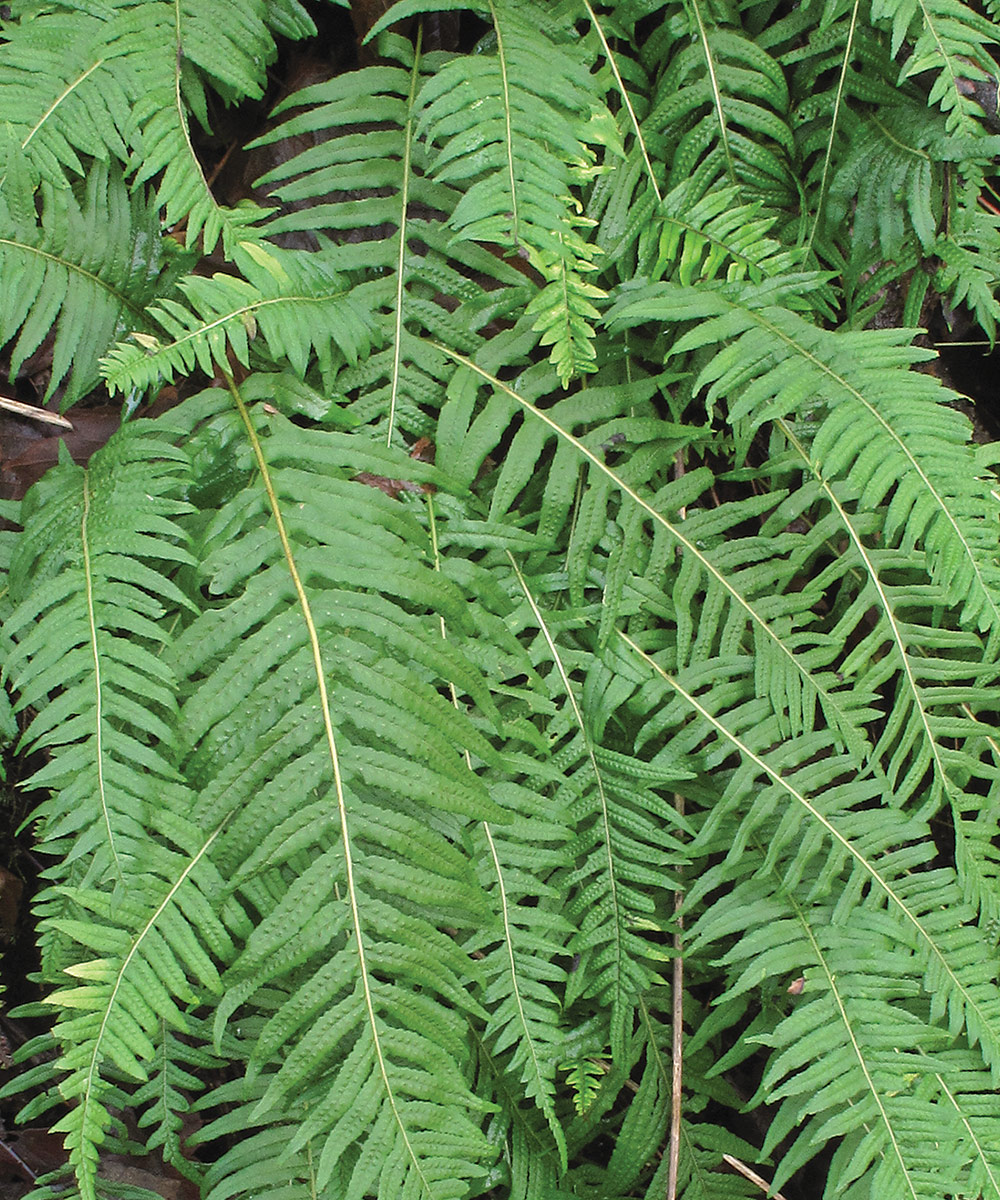
Name: Polypodium glycyrrhiza
Zones: 6–9
Size: 8 to 15 inches tall and 2 to 3 feet wide
Conditions: Partial shade; well-drained soil
Native range: Western North America
This beautiful fern is unusual for its winter green growth habit. In summer, its fronds shrivel and drop off. When the autumn rains arrive, its vibrant new green growth emerges just when many other plants are heading for dormancy. In its native habitat, licorice fern can be found growing in moss on tree trunks and branches, with fronds cascading down from high perches. Fortunately, it also adapts easily to garden culture. Try it in a hanging basket for an unusual feature late in the year. It prefers morning sun or open shade and is drought tolerant once established.
3. Showy Chinese Gentian
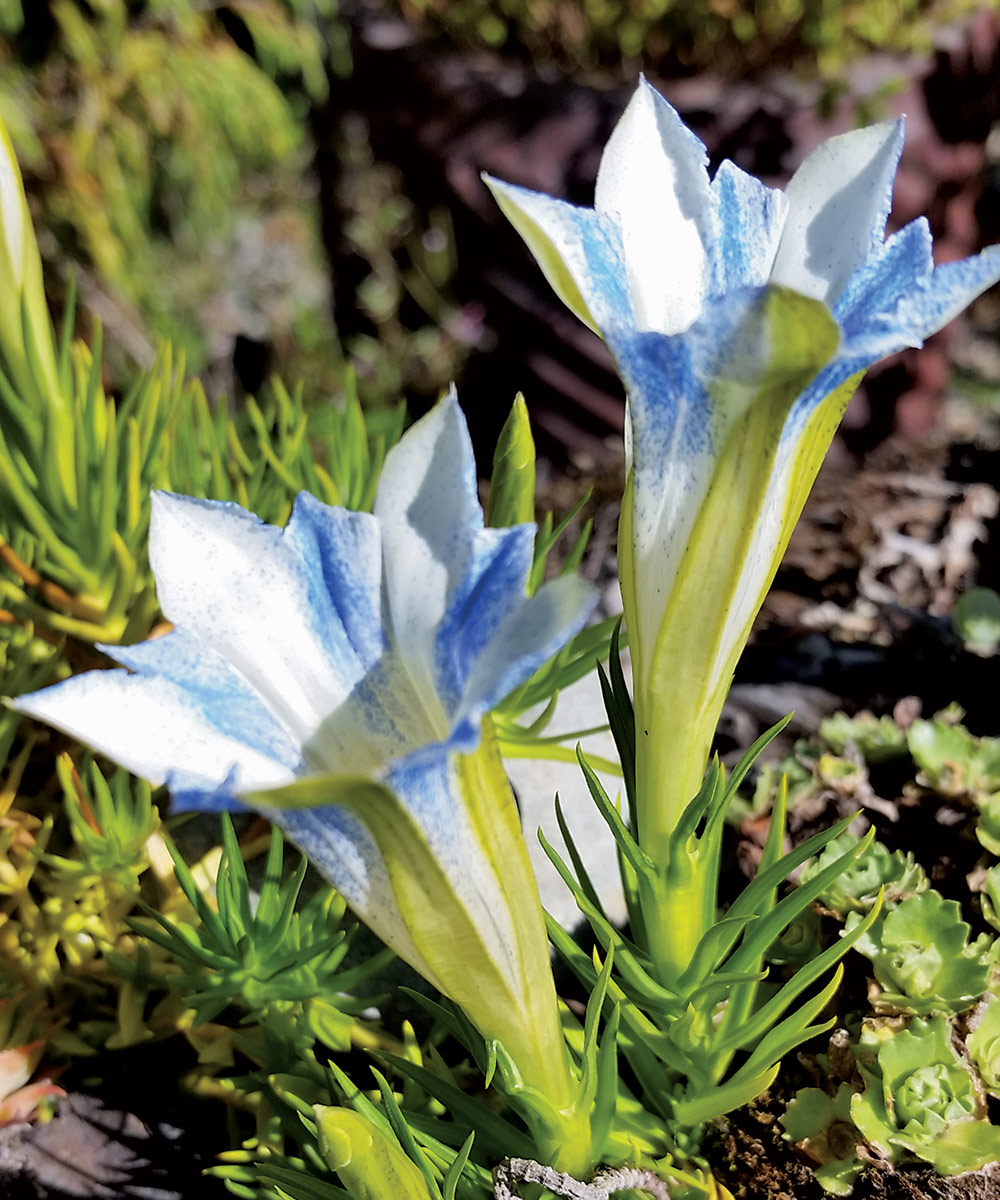
Name: Gentiana sino-ornata
Zones: 4–8
Size: 3 inches tall and 6 to 12 inches wide
Conditions: Partial shade; moist, rich, well-drained soil
Native range: China, Tibet
Few plants are as enchanting as gentians, and this fall bloomer is one of the most spectacular species. It is a bit of a garden diva, but if you can meet its demanding cultural needs the rewards are well worth the effort. Give it a spot with morning light or open shade, water it regularly during dry weather, and protect it from hot sun. Its fine foliage will grow tight to the ground through summer, allowing for full view of the delicate flowers in September and October. Tight, pointed buds open into upright trumpets that are blue, white, or bicolor with glowing green markings.
4. Hardy Guernsey Lily

Name: Nerine bowdenii
Zones: 8–11
Size: 24 to 30 inches tall and 6 to 8 inches wide
Conditions: Full sun; well-drained soil
Native range: South Africa
I know it is autumn when the sinewy flowering stems of hardy Guernsey lily make their surprising emergence from the bare soil, seeming to pop up from nowhere. The slight bulge at the tip of each thin stem is the only hint of the blazing pink flowers hidden inside the buds. Once open, each bloom reveals thin, strappy petals that twist and curl backward, creating an elegant and frilly display. The best thing about this bulb is that even a new planting with just a few flower stems delivers bright color that is difficult to miss. Guernsey lily is drought tolerant once established.
Contributing editor Richie Steffen is executive director of the Elisabeth C. Miller Botanical Garden in Seattle.


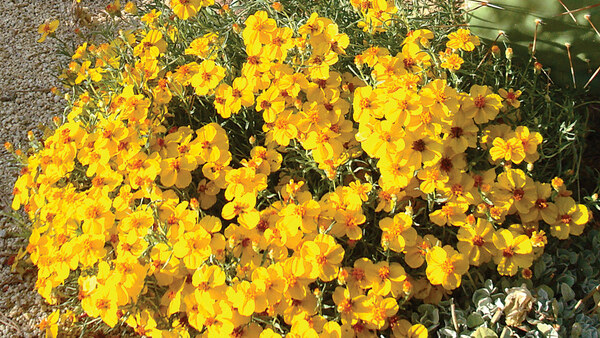


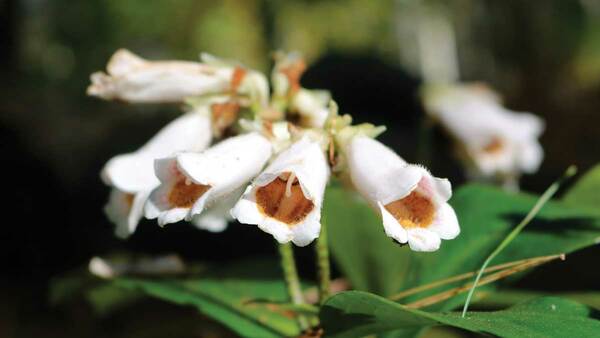












Comments
Log in or create an account to post a comment.
Sign up Log in